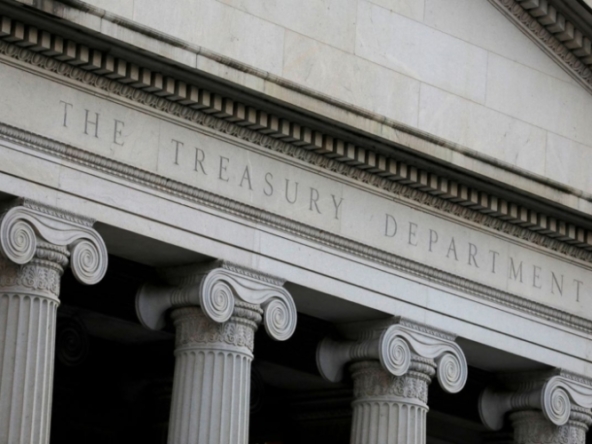
An accommodative monetary stance sustained the growth of local currency bond markets in emerging East Asia, including Vietnam, with currencies and equity markets gaining in early November, the Asian Development Bank (ADB) said in a press release on Wednesday, citing the latest quarterly issue of its Asia Bond Monitor report.
“We saw an improvement in the global investment sentiment, but uncertainty over the trajectory of the COVID-19 pandemic still weighs on the region’s economic outlook,” said ADB chief economist Yasuyuki Sawada.
“The region’s large and growing local currency bond markets can help finance a sustainable and inclusive post-COVID-19 recovery.”
Emerging East Asia comprises mainland China, Hong Kong, Indonesia, South Korea, Malaysia, the Philippines, Singapore, Thailand, and Vietnam.
Local currency bonds outstanding in emerging East Asia reached US$18.7 trillion at the end of September, a 4.8 percent expansion from June this year and 17.4 percent higher than a year ago.
Emerging East Asia’s bond issuance in the third quarter climbed to $2.2 trillion, up 6.4 percent quarter-on-quarter and 39.8 percent year-on-year, as governments borrowed to support large-scale stimulus programs.
Vietnam’s local currency bond market posted a strong quarterly growth rate of 11.6 percent at the end of September this year – the fastest quarterly growth rate in emerging East Asia – to reach $65.3 billion.
This growth was supported by expansion in both the government and corporate bond segments.
As a share of gross domestic product (GDP), emerging East Asia’s bond market rose to 95.6 percent at the end of September from 91.6 percent at the end of June.
The rising share of bonds outstanding to GDP was mainly due to regional governments’ increased financing to combat the adverse effects of the COVID-19 pandemic.
Government bonds remain the dominant contributor to the region’s bond market at $11.5 trillion at the end of September.
Corporate bonds reached $7.2 trillion. Mainland China is the largest local currency bond market, comprising 77.5 percent of emerging East Asia’s total bond stock.
Vietnam’s government bond segment grew 9.1 percent quarter-on-quarter at the end of September to hit $54.7 billion – accounting for 83.8 percent of the country’s total bond stock.
Corporate bonds, meanwhile, sustained its growth momentum, increasing by 26.9 percent quarter-on-quarter in the third quarter of 2020 to reach $10.6 billion.
On an annual basis, growth in corporate bonds stood at 129.1 percent at the end of September this year.
COVID-19 remains the biggest downside risk to emerging East Asia’s bond market and the global outlook, particularly the possibility of new waves of positive cases and related lockdowns and other restrictions on economic activities.
Ongoing trade tensions between China and the United States is an additional risk.
The latest Asia Bond Monitor issue features four discussion boxes exploring COVID-19’s impact on global financial markets and capital flow dynamics; financial stability in Southeast Asia; local currency bond markets and exchange rate risks; and the duration of recovery from economic shocks.
A special section of the monitor looks at how sustainable finance can contribute to green and inclusive development in the post-COVID-19 era, and a special theme chapter discusses the link between bank efficiency and bond market development.
Established in 1966, the ADB is owned by 68 members – 49 from the Asia-Pacific region.







